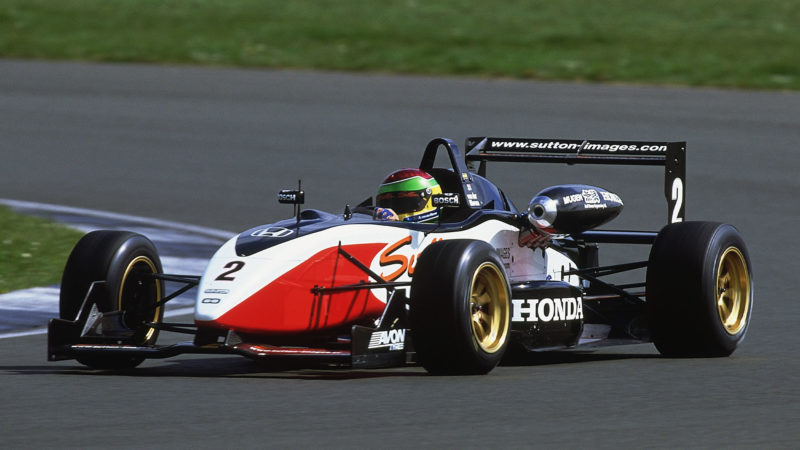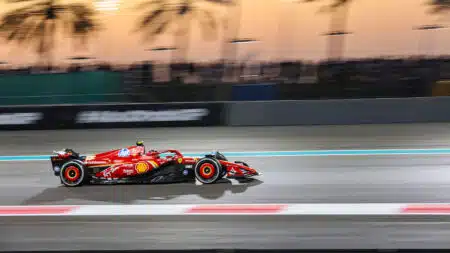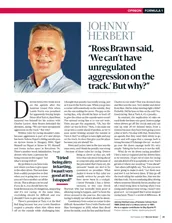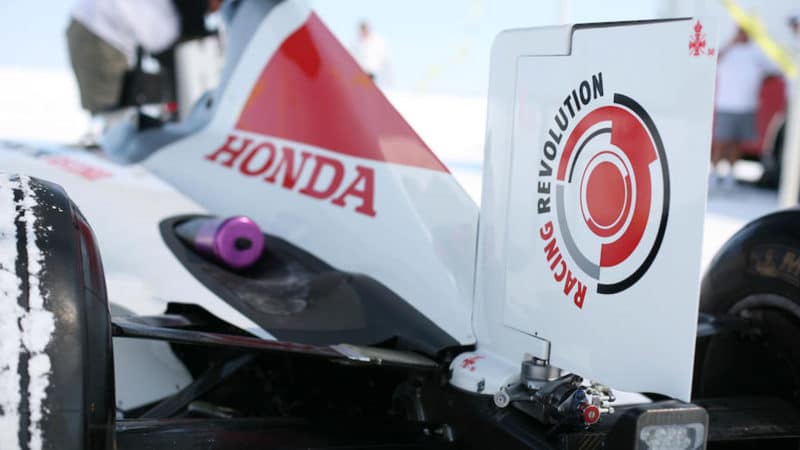So why was it so difficult? As van de Merwe says, “It was the wrong tool for the job.” That year the minimum FIA weight for an F1 car was 605kg, too light to dig through the salt and find some grip, especially with the large tyres. “The car had a lot of weight added to bring it up to 640kg,” recalls Digby. “We changed the aero on the car, smoothed the sidepods and, because we were running in top gear for a long time, we had to modify the gearbox.” There was a longer top gear, but the team wanted to achieve the record without a ‘push’ so the rest of the gearbox stayed the same. Digby adds: “They call them `dualies’, big twin-wheeled Ford trucks that would help push people up to 100mph before the record car would even run. We didn’t do any of that — we drove our car out of the awning, to the measured mile and through it. I only ever had eight people out there. As soon as the car set off, we had to jump in a rented truck and follow it in order to get to the other end of the course with the starter motors, cooling fans and all the rest of it in order to turn it around and send it back.
“We made some heavy parts for the car, but once we were out there each time we had to develop stuff on the spot. The parachute deployment system was one of those and when we were testing in the Mojave Desert it deployed itself at 200mph. [Top fuel dragster racer] Andy Carter lent me some parachutes and I learnt how to pack them from his crew chief.”
Fitting a parachute is a requirement for Bonneville records, though not everyone adheres to it. Van de Merwe seemed unfazed about small parachute trifles, but remembers the weight problem well. “We were literally taping things to the diffuser on the back of the car. There was a feeling of ‘this is the tool that we have, we have to make it work’. It was extremely satisfying when we did. I had complete trust in what the team had done with the car. I was never worried it was going to break or that it was going to flip, it just wasn’t a thought for me.”






